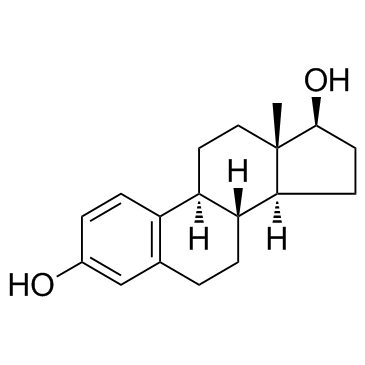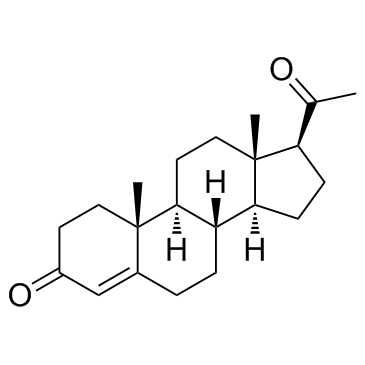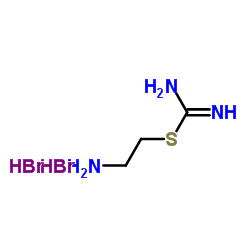| Structure | Name/CAS No. | Articles |
|---|---|---|
 |
beta-Estradiol
CAS:50-28-2 |
|
 |
Progesterone
CAS:57-83-0 |
|
 |
S-(2-Aminoethyl)pseudothiourea dihydrobromide
CAS:56-10-0 |
|
 |
POTASSIUM CYANIDE
CAS:151-50-8 |